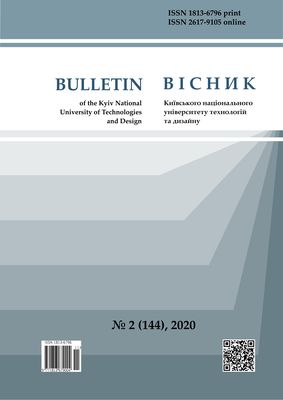ANALYSIS OF THE PECULIARITIES OF THE OIL PIPELINE INTERNAL CORROSION AND METHODOLOGY OF ITS RESEARCH BY POLARIZATION RESISTANCE METHOD
DOI:
https://doi.org/10.30857/1813-6796.2020.2.11Keywords:
pipe steel 17G1S, polarization resistance method, electrochemical two-electrode sensor with cosurface arrangement of electrodes, electrochemical corrosion, oil-water emulsion, moisture-retaining layerAbstract
Development of methodology for research and evaluation of internal corrosion of low-carbon steel pipeline along the bottom moving line in a hydrocarbon medium with different water content. Visual inspection and polarization resistance method were used. Based on the analysis of the peculiarities of internal corrosion of oil pipelines, the methodology of its research has been developed. A laboratory testing facility is proposed and manufactured, which simulates the inner surface of the pipeline. The design of the polarization resistance sensor was improved by applying a moisture-retaining layer, which allowed to determine the corrosion rate in the oil-water emulsion. To increase the sensitivity of the sensor in this environment, additives are introduced into the moisture-retaining layer, which promote the absorption and retention of moisture. The influence of various additives on the sensitivity of the sensor has been studied, the method of applying the moisture-retaining layer, which is suitable for use, has been worked out. The minimum concentration of the additive was determined, at which a solid moisture-retaining layer resistant to the action of moisture was obtained. The methodology of research of internal corrosion of the oil pipeline along the bottom moving line on the basis of modeling in laboratory conditions of a surface of a pipe is offered and substantiated. A laboratory testing facility was made and the design of the polarization resistance sensor was improved, which made it possible to perform measurements in oil-water emulsion. This allowed to expand the scope of the method of polarization resistance for oil environments with low water content (from 50% to 5%). The design of the electrochemical two-electrode sensor of polarization resistance with the cosurface arrangement of electrodes on which the moisture-retaining layer is put and its composition is defined is improved. A solid layer resistant to air moisture is obtained. The sensor with a moisture-retaining layer is suitable for use in oil-water emulsion with water content from 50% to 5%.

